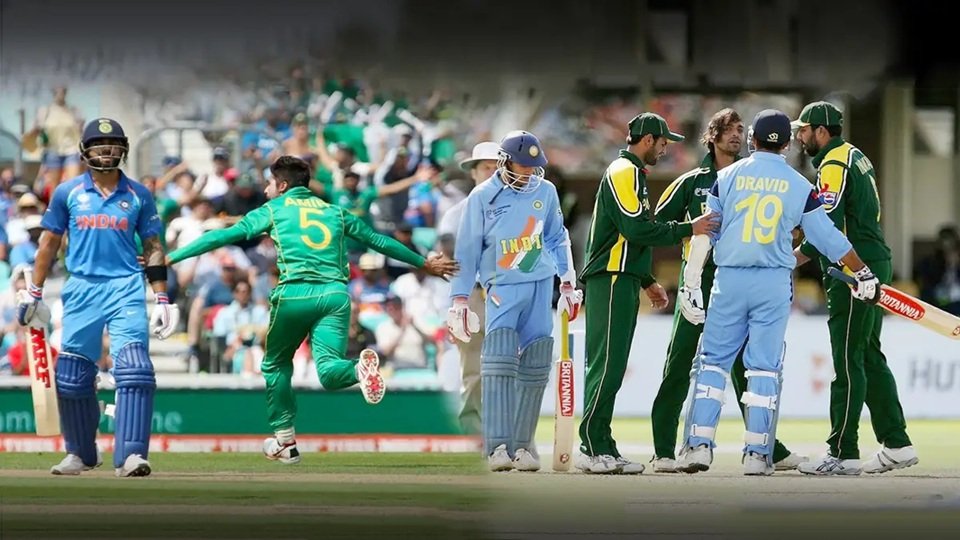Reshaping the Future
Cricket, often seen as a sport tied to former British colonies, is quietly transforming. Once limited to powerhouses like India, England, Australia, and the West Indies, it’s now growing in unexpected countries. Nations such as Germany, Japan, Brazil, and the USA are witnessing a steady rise in cricket. This is fueled by immigration, globalization, and targeted programs. Not everybody wants to spend time playing on Dragon slots. The growth of cricket is expanding the game’s footprint and reshaping its future.
Germany
Cricket has grown rapidly in Germany over the past decade. Football has traditionally dominated sports here. But immigration has driven cricket’s expansion. Refugees from Afghanistan, Pakistan, India, and Sri Lanka have brought the sport to German communities.
The German Cricket Federation (Deutscher Cricket Bund) has seen big growth. Clubs increased from fewer than 100 in 2012 to over 400 today. Cities like Berlin, Frankfurt, and Hamburg now host strong cricket leagues. These leagues attract players from diverse backgrounds.
There are efforts to involve native Germans too. Schools and community centers offer cricket as an alternative sport. Some schools are adding cricket to physical education programs. Germany’s national team has climbed the ICC rankings. It regularly plays in T20 World Cup qualifiers, showing real potential.
Japan
Japan might seem an unlikely place for cricket. The country focuses more on baseball and sumo. But cricket has quietly grown since the Japan Cricket Association (JCA) formed in 1984.
The JCA targets youth with grassroots programs. One key effort is the “Cricket Blast” program. It helps children learn the basics in a fun way. Cricket appeals in Japan for its tactics, teamwork, and international exposure.
The Sano International Cricket Ground near Tokyo is the main hub. It hosts domestic games and international matches. Japan’s men’s and women’s teams have made steady progress. The men’s team won the East Asia-Pacific T20 Championship in 2018.
Cricket still competes with bigger sports. But its niche is growing. More schools and universities are joining cricket programs.
Brazil
Brazil is famous for football. But cricket is building a small, passionate community. British expatriates introduced it in the 1800s. The sport faded but has been revived through modern efforts.
The Brazilian Cricket Confederation (CBCricket) focuses on inclusivity. Women’s cricket is a top priority. Brazil’s women’s team even has professional contracts. This move came before similar steps in some traditional cricket nations.
Cricket is growing in cities like São Paulo, Rio de Janeiro, and Brasilia. These areas have multicultural populations who embrace cricket. Schools are adding cricket, supported by the ICC and private NGOs.
Brazil’s teams now compete regularly in ICC Americas events. The women’s team, in particular, is gaining global attention.
United States
The USA is often called cricket’s “sleeping giant.” It has a huge population, large diaspora groups, and growing sports diversity. This makes it a key future market for cricket.
The launch of Major League Cricket (MLC) in 2023 was a major milestone. MLC brings professional cricket to the US. It attracts international stars and gives local players a pro platform. Cities like Los Angeles, Dallas, San Francisco, and New York are leading cricket’s growth.
The USA is also set to co-host the 2024 ICC T20 World Cup. This is expected to boost cricket’s visibility across North America. Cricket academies are growing fast. More youth, especially from South Asian, Caribbean, and Australian-American families, are joining.
The challenge is winning over mainstream American fans. But the fast-paced T20 format is helping. It’s more appealing to new audiences.
Things to Face
Despite strong growth, cricket faces challenges:
- Lack of Facilities: Infrastructure is still limited compared to football or baseball.
- Cultural Awareness: Many locals don’t know cricket rules or traditions.
- Competition: Football in Brazil, baseball in Japan, and American football dominate.
But there are big opportunities:
- Youth Programs: School initiatives can build long-term cricket cultures.
- T20 Format: The short, exciting format fits new audiences better.
- Diversity: Cricket’s global nature appeals to multicultural populations.
Cricket
Cricket’s spread to Germany, Japan, Brazil, and the USA marks a new chapter. It’s becoming a global sport. As these nations invest in youth, facilities, and pro leagues, cricket may one day rival football and basketball as a worldwide game.


